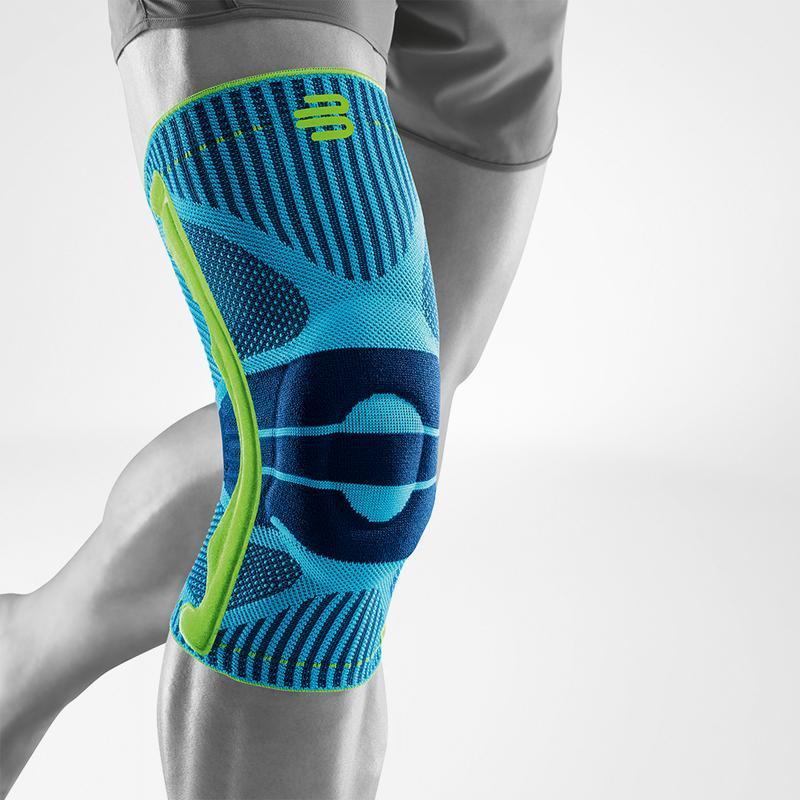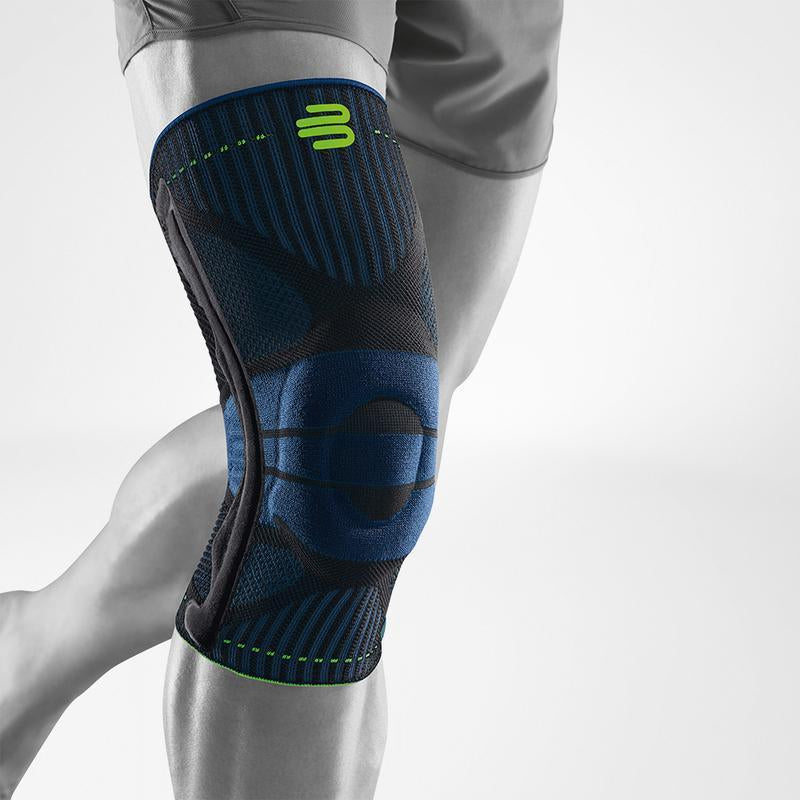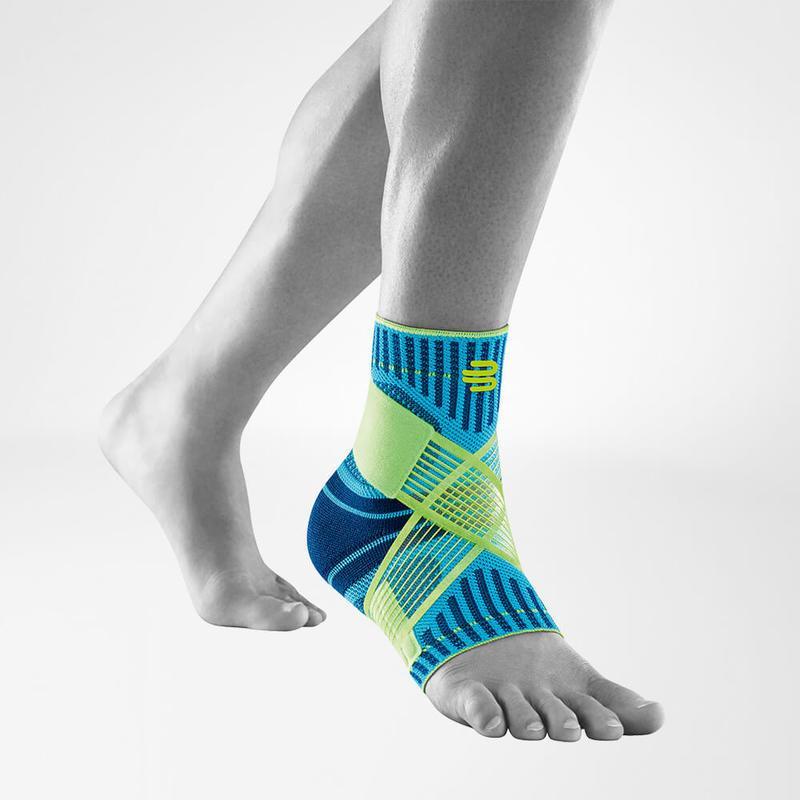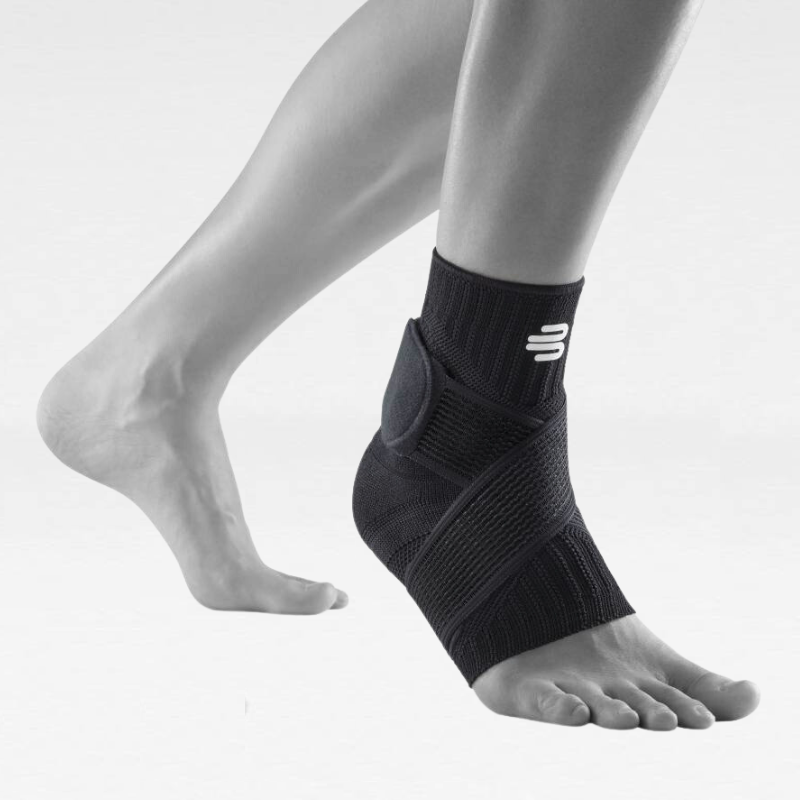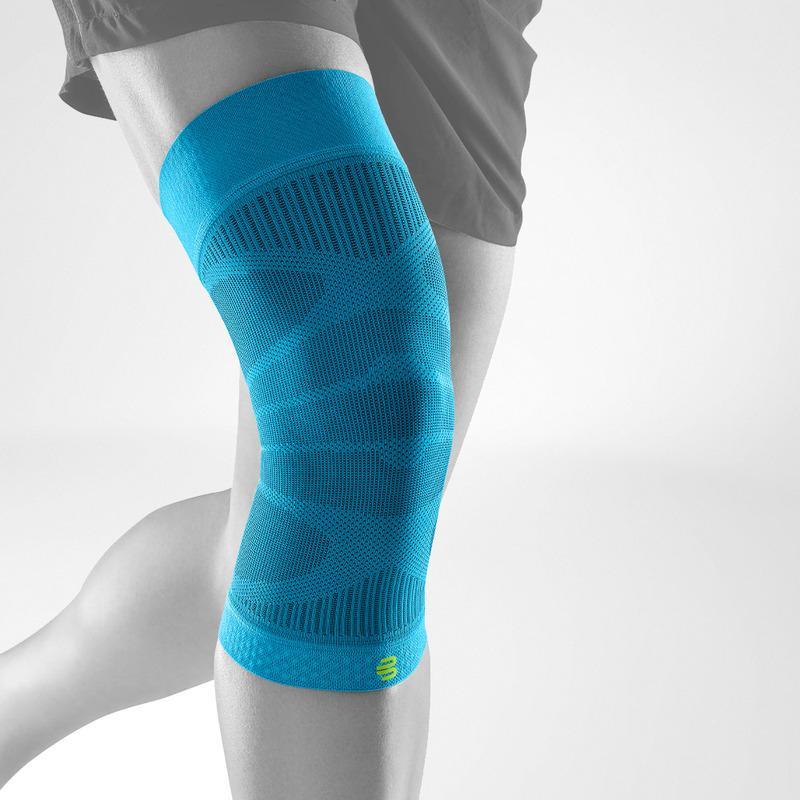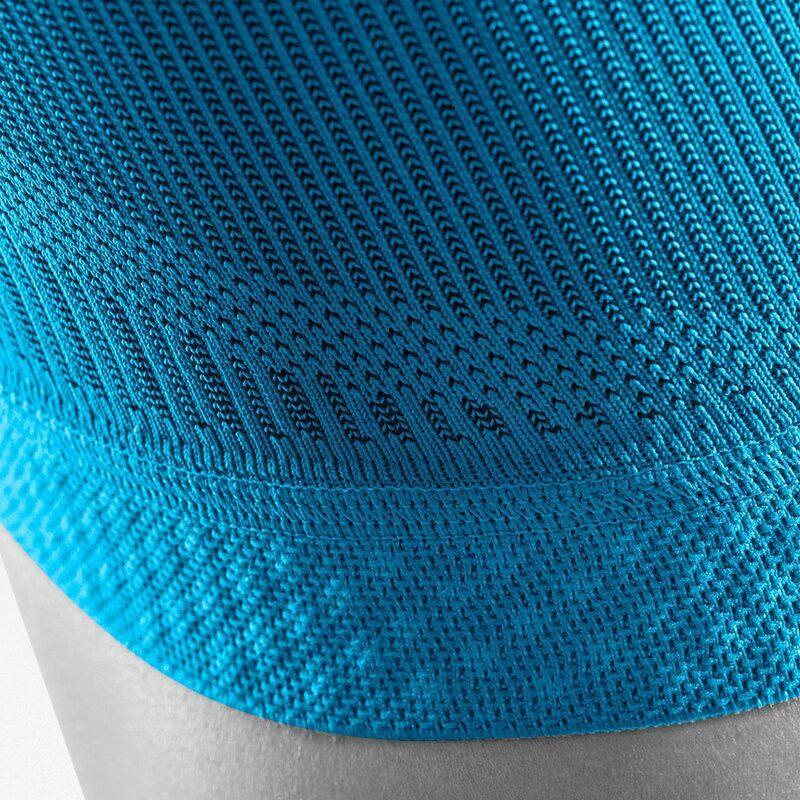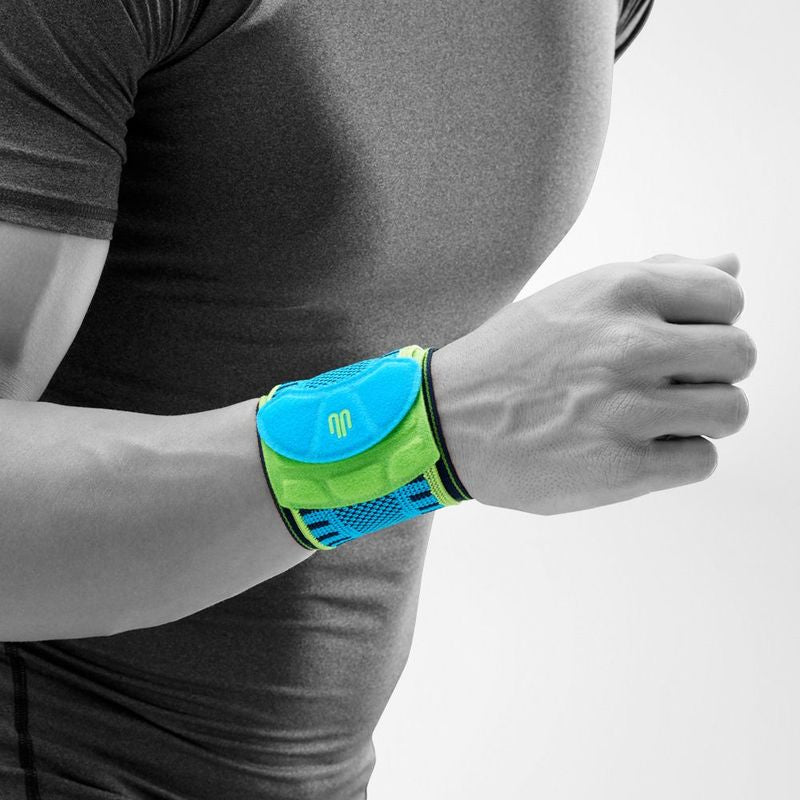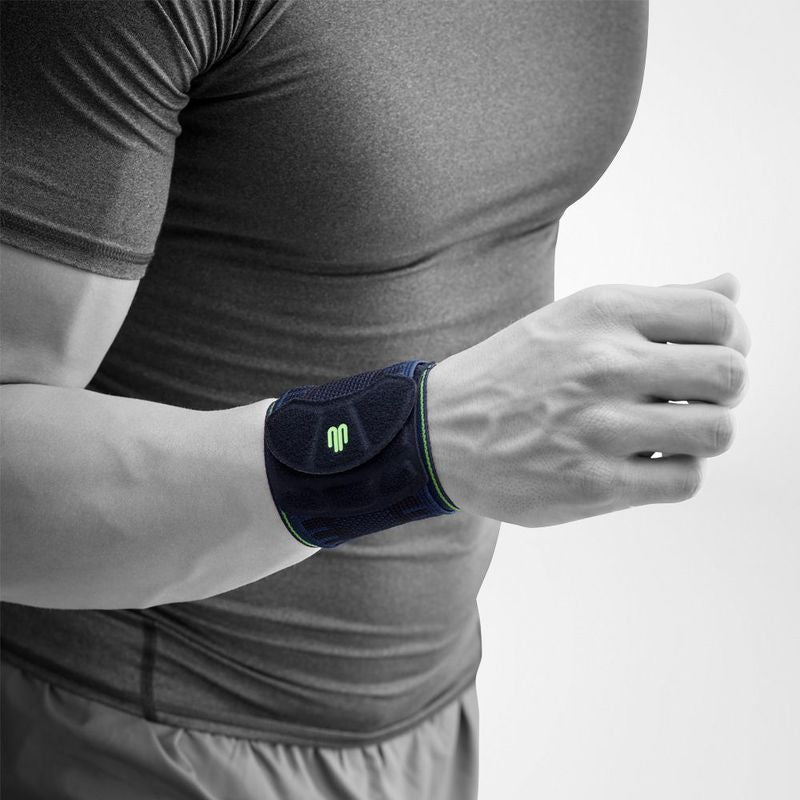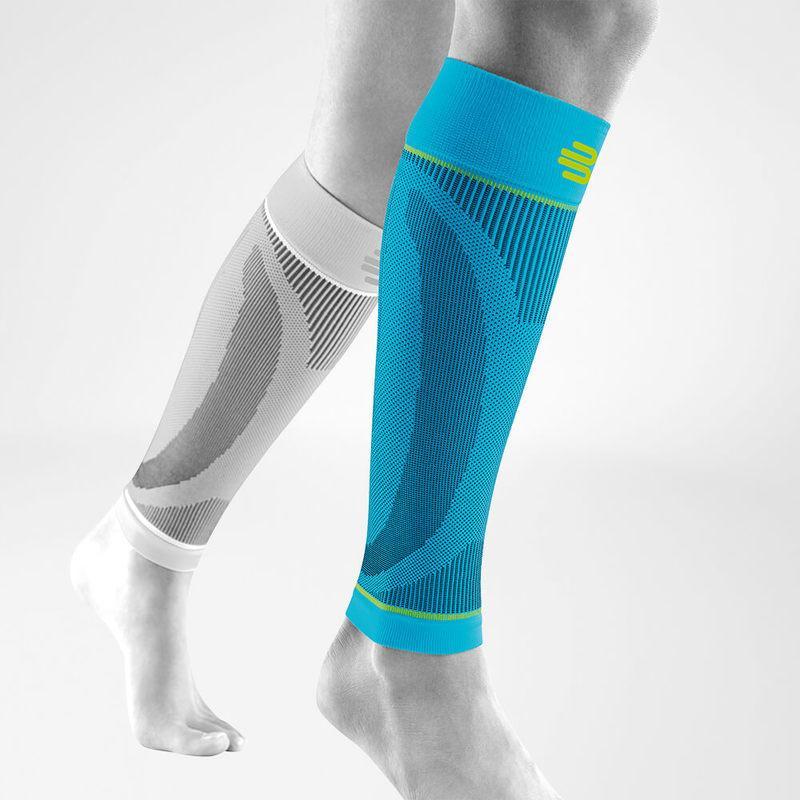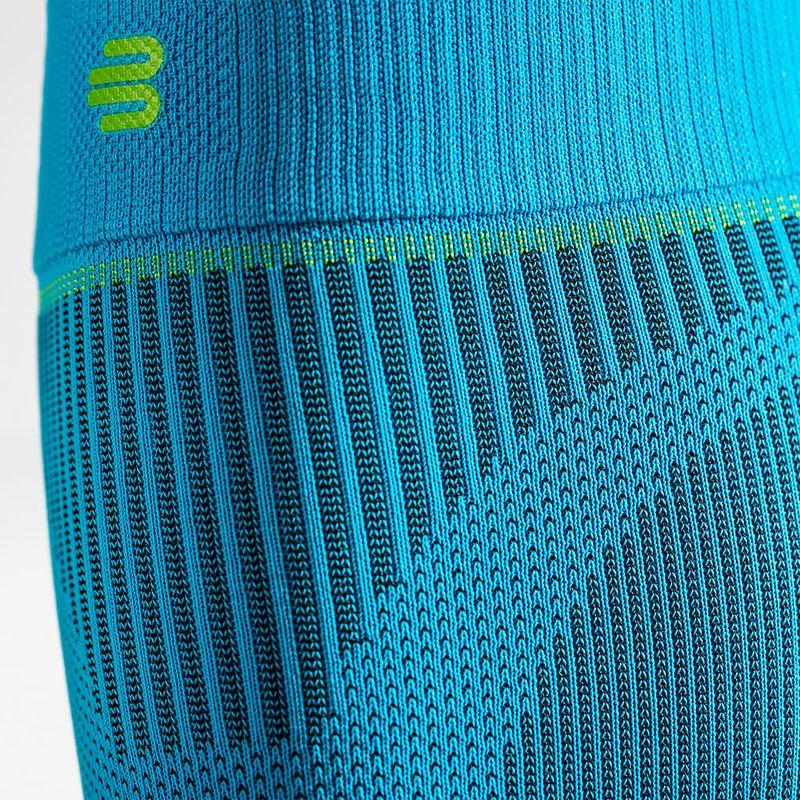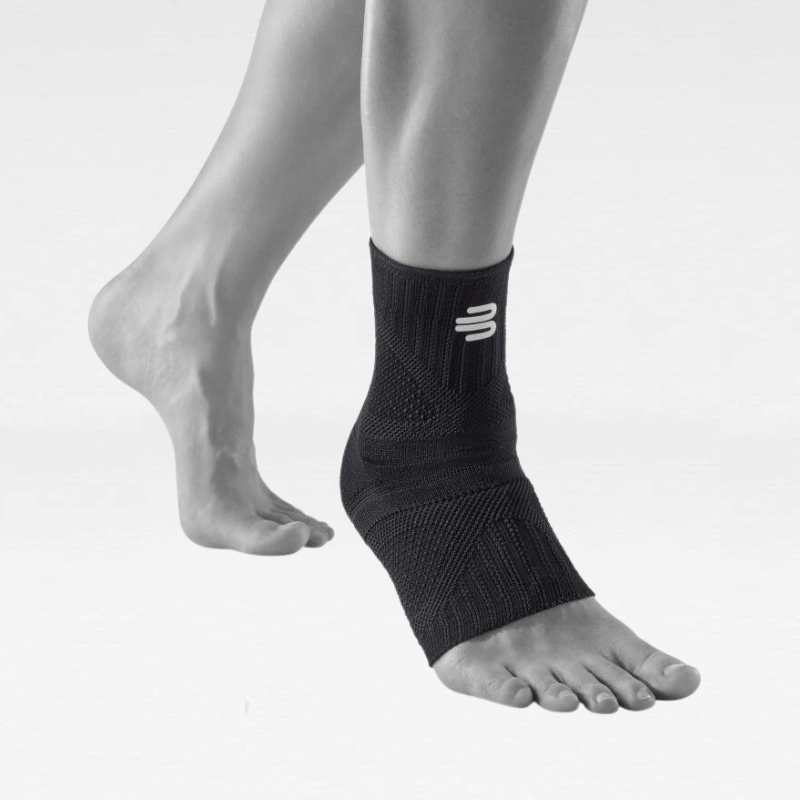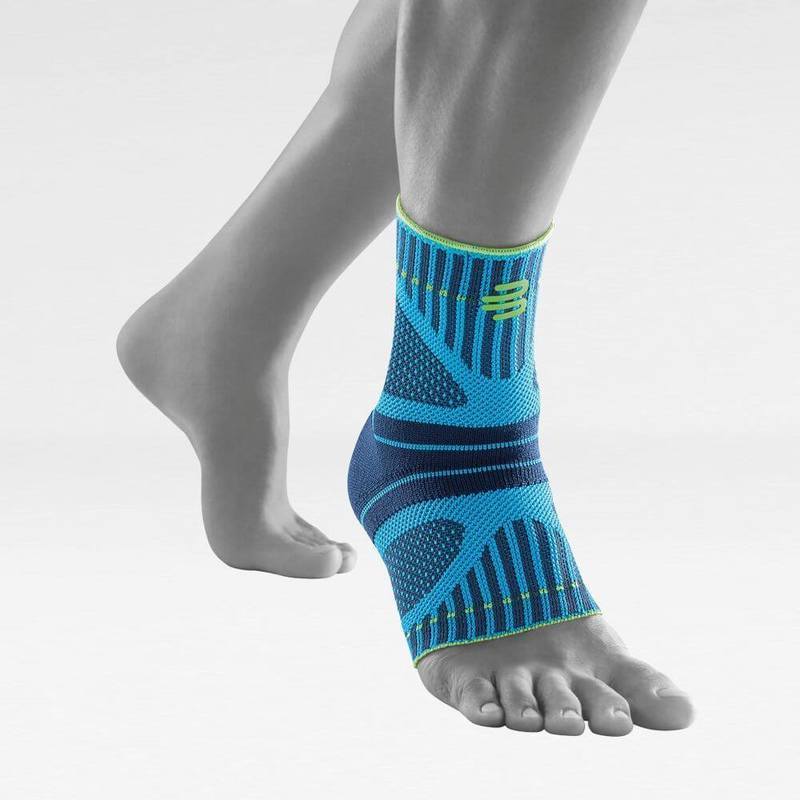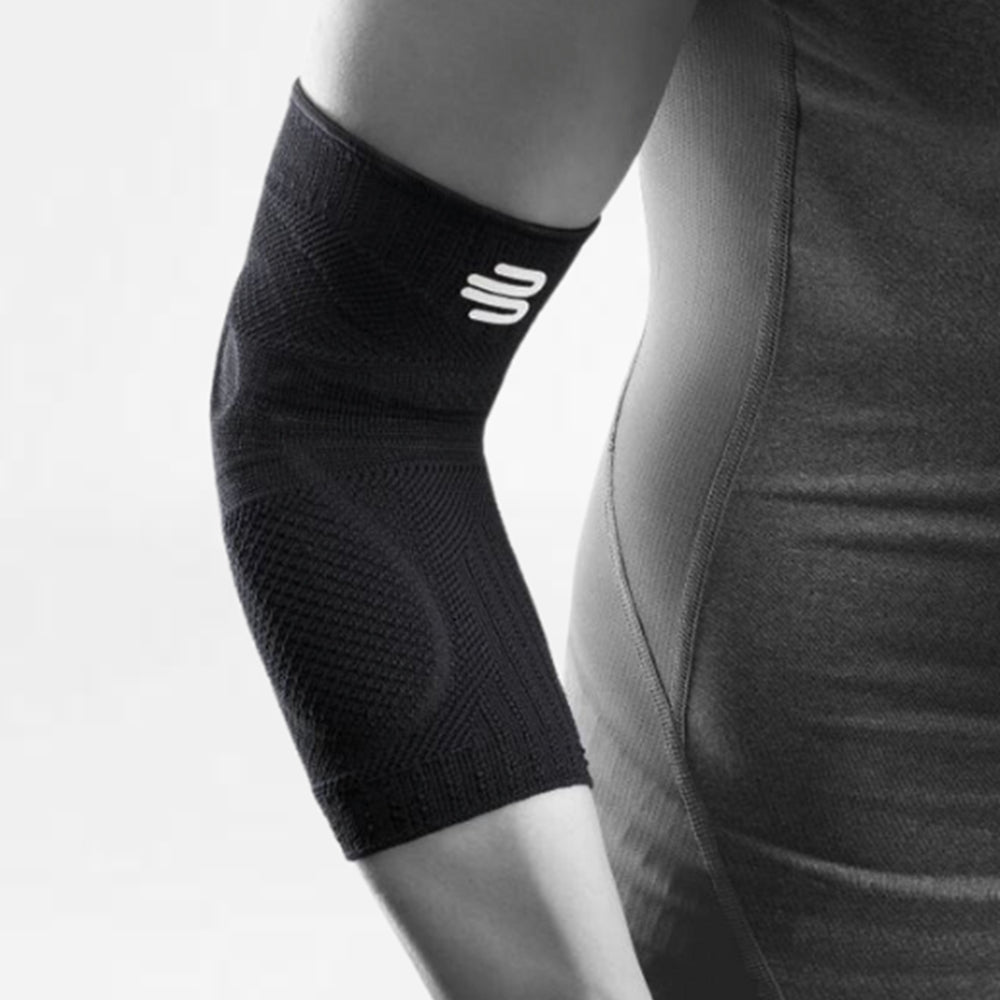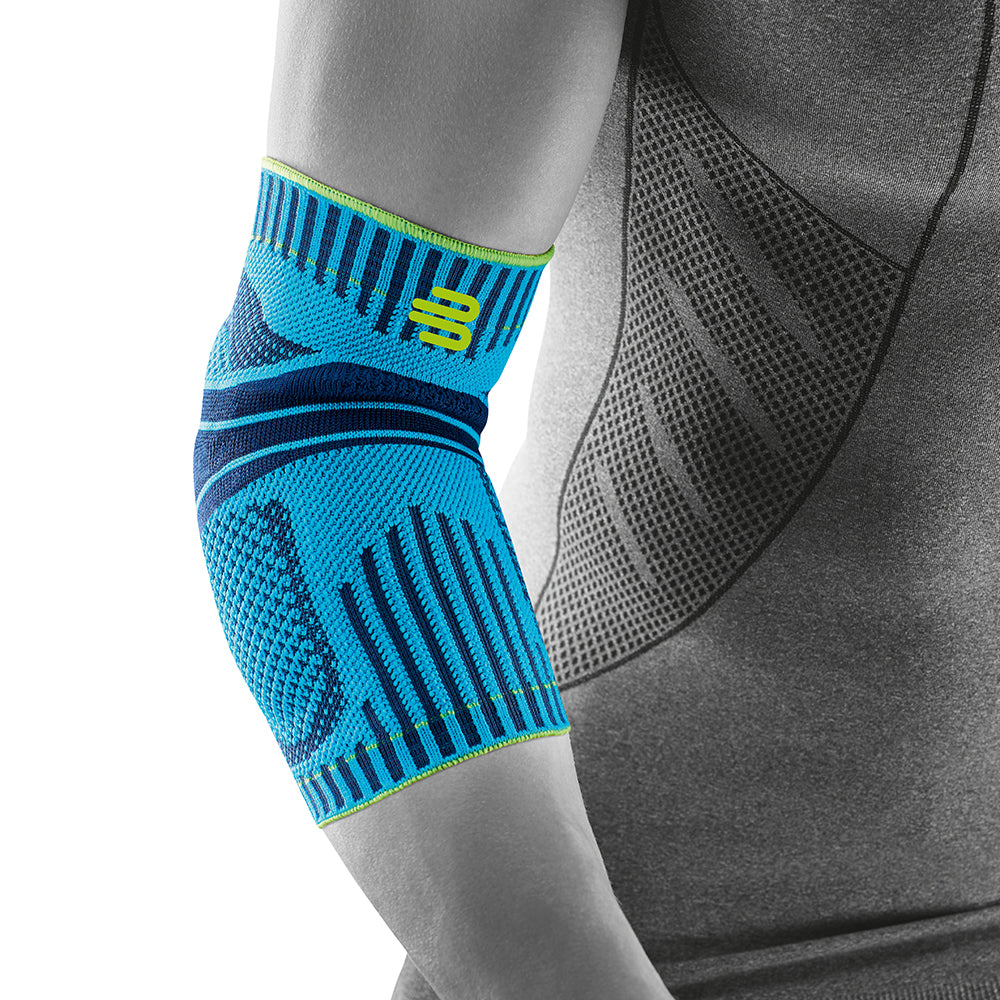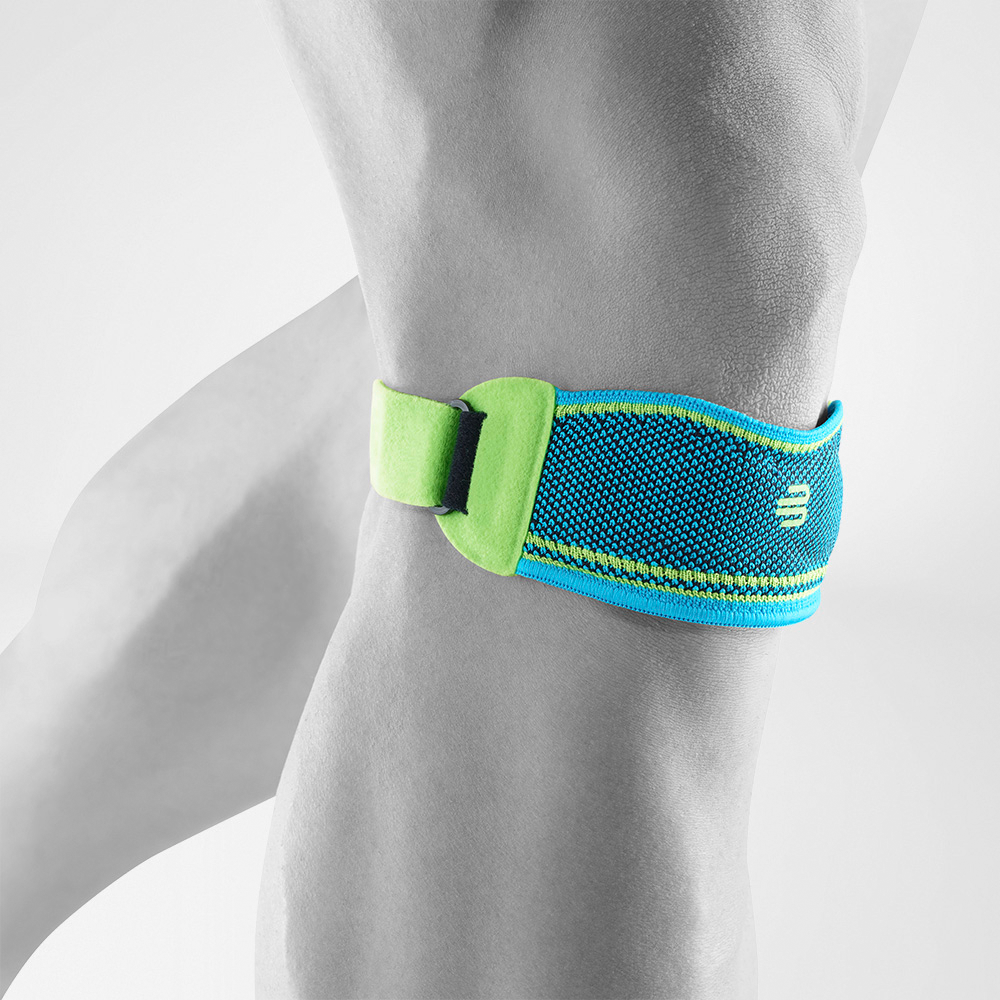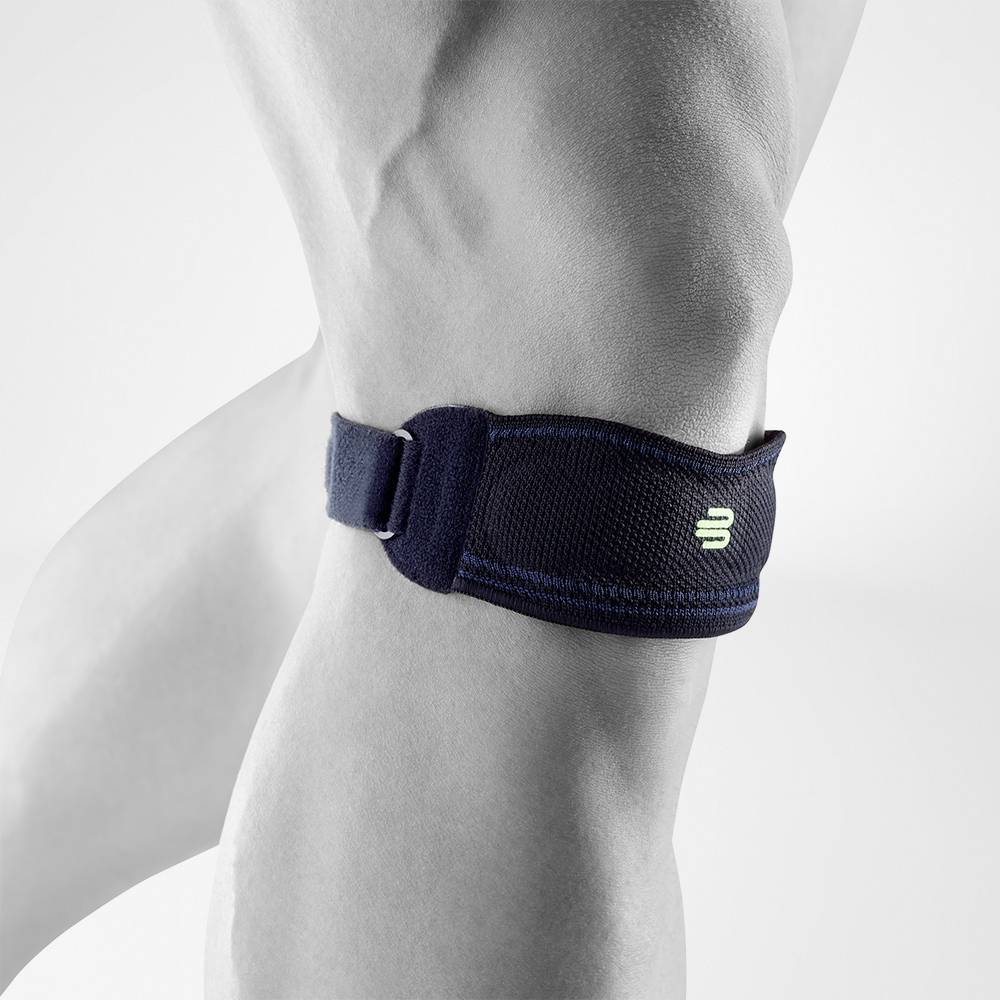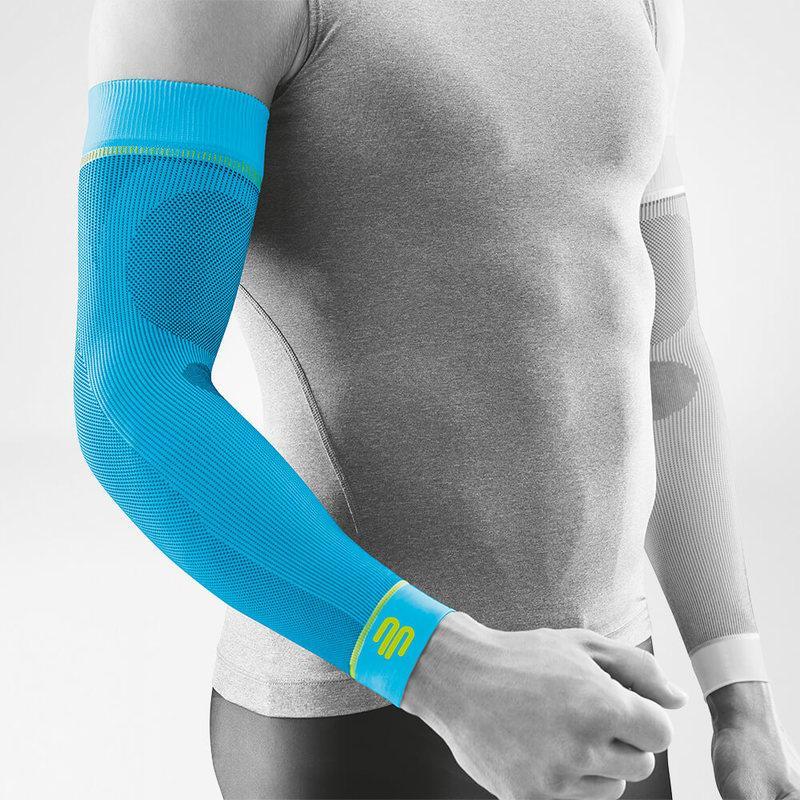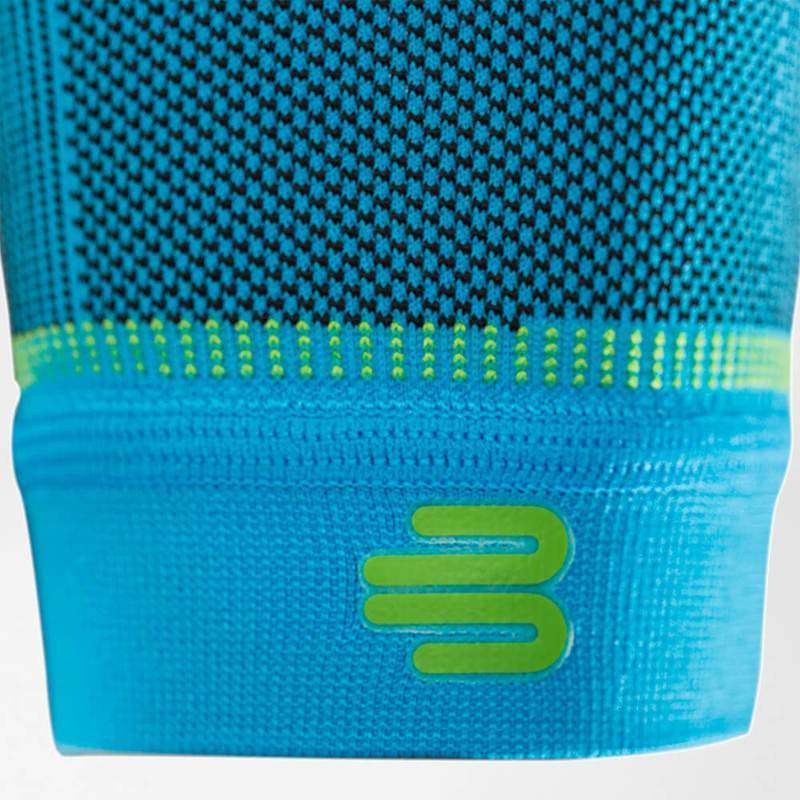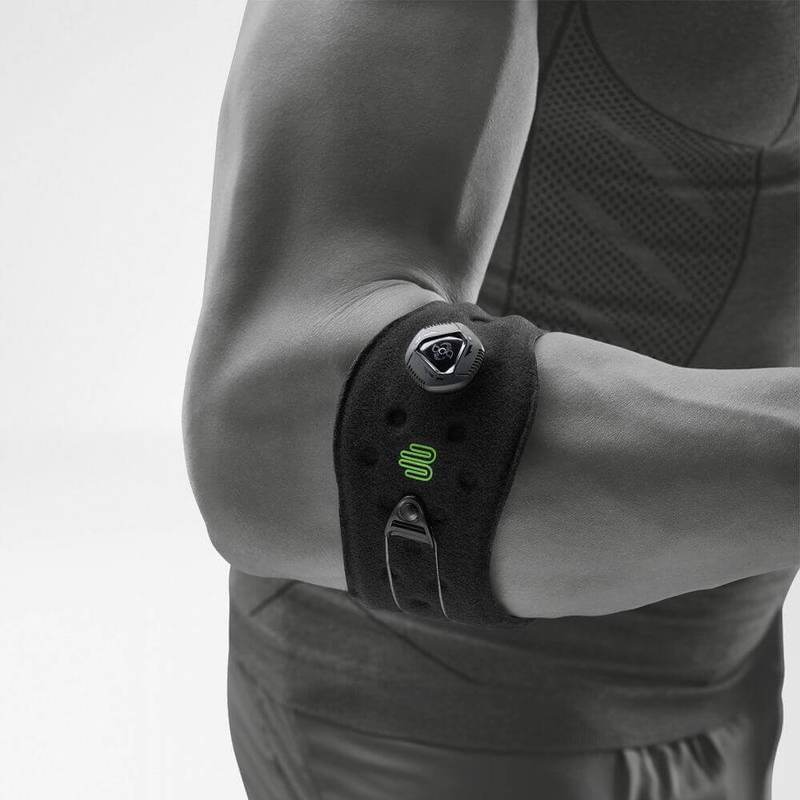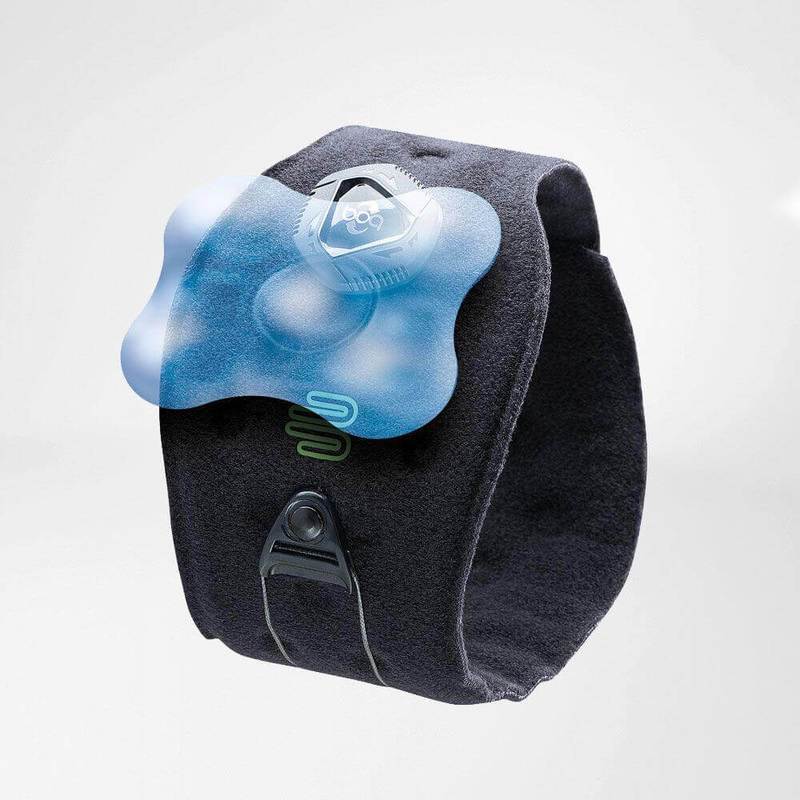Jogging is your life. Even rain and icy winds can’t stop you from going outside and giving it your all. But at some point, it happens: suddenly your knee hurts. Whether the pain occurs during the run or after – listen to your body and find out what is causing the pain. What happens in your knee?
Pain in the knee - what's going on with you?
You’ve already been diagnosed or have got an approximate idea of where your knee pain comes from? This section will provide you with comprehensive information about the most common knee problems in runners:
 Runner's Knee
Runner's Knee Runner's knee is one of the most common complaints among runners. Here you can find out everything you need to know about symptoms, causes and treatment.
Learn More About Runner's Knee
 Patellar Tendonitis
Patellar Tendonitis Pain in the front or below the knee often indicates patellar tendinitis. Learn more about how it develops and what you should keep in mind when jogging.
 Inner Knee Pain
Inner Knee Pain Inner knee pain, also below the knee joint on the inside of the lower leg, that occurs after jogging or during stretching – many runners know this problem.
Learn More About Inner Knee Pain
 Pain In The Back Of The Knee
Pain In The Back Of The Knee Pain in the back of the knee is often mysterious at first. We have summarised here what is behind it and what you can do about it.
Learn More About Pain In The Back Of The Knee

"In order to improve your performance when jogging and to beat your personal limit, you need a regular training plan with different intensities. Never forget that recovery in between sessions is just as important as the training itself. The training is always destruction; you will only improve with recovery. This way, you give power back to your muscles and prevent injury.”
Anna and Lisa Hahner, Germany's fastest Marathon twins
Knee pain from jogging – what to do?
If jogging is causing your knees to hurt, two things primarily help in the beginning: rest and cooling. Try to locate the pain and cool the surrounding tissue with ice or a cool pack. It’s best if you wrap it in a towel so the tissue isn’t damaged by the cold. Don’t cool your knee for too long; several times a day for a maximum of 20 minutes is best. Elevate your knee, if possible, and subject it to as little strain as you can. Sports supports and straps can also help by stabilising your knee and stimulating metabolism. If the pain persists, remains the same after an initial improvement or worsens, visit a doctor to find the cause.
Why is my knee hurting when I jog?
In addition to specific sports accidents, there are numerous factors that contribute to knee pain. You can influence some of those yourself. Others require help. The main “problem areas” include:

Your shoes
As an experienced runner, you know how important decent jogging shoes are. If they don’t fit properly or don’t perfectly support your personal anatomy, knee problems will be inevitable. Even if you’ve found your favourite model – there’s no harm in getting a medical retailer to check whether it’s the right choice for you.
Moreover, shoes don’t last forever. Especially if you’re an ambitious and passionate runner, you quickly rack up the kilometres a jogging shoe can deal with before compromising on function. As a rule of thumb, jogging shoes should be replaced after 1,000 kilometres. However, take these specifications with a pinch of salt. jogging style, model and terrain are just some of the factors that influence the durability of your shoes. You should therefore regularly check whether your shoes are still doing their job.
Terrain
Hilly trails promise varied, challenging jogging sessions – they can also be a real test for your knees. Knee pain is quite common when you’re jogging downhill because the load is much higher than on a level surface. Long routes on a laterally sloping surface are not good for your joints either. If you’re particularly prone to knee pain, you should avoid trails with changing height profiles. And if part of your route does go downhill, it’s better if you take many small steps; this reduces the impact on your knees.
Your training
Do you feel that your current record time is merely a snapshot and you can do better? Absolutely! But be careful that your enthusiasm doesn’t get the better of you. If you demand too much from your body, it will not be able to keep up at some point. You should also remember that it’s not just your sport that makes demands on you – a stressful time at work or the after-effects of a cold will also sap your energy. You can prevent excessive strain by adjusting your training plan to suit your fitness level. Only increase the complexity of your training slowly and ensure you take appropriate breaks. For healthy athletes without problems, an increase in ten per cent training each week is the golden rule. Most importantly: listen to your body and take warning signals seriously! Your muscles, tendons and ligaments will be thankful.
Your physical build
Rigid or shortened muscles, primarily on the outside of the thigh, or weak pelvic stabiliser muscles can lead to pain in the knee and ruin your enjoyment of jogging. Different leg lengths and leg axis differences, i.e. bandy legs or knock knees, can also cause knee problems when jogging. The same is true for misalignments of the feet, for example when the foot is turned inwards or outwards too much. If in doubt, have your foot and leg position checked by an expert; a misalignment can usually be compensated effectively with foot orthoses.

Finding a balance
You just want to be jogging, ideally all the time – we can understand that. Two other factors are just as important: stretching and muscle development. Even if they seem tedious at times, they should be part of your mandatory routine. Stretching is important to prevent injuries because stiff calf and thigh muscles exert pressure on the knees which may cause pain. You can ensure better protection against injuries (and improved performance) by training the muscles at the front and back of the thighs. One leg is usually stronger than the other. You should therefore do strengthening exercises, such as squats, on one leg and then change sides. Otherwise, the stronger leg will work harder and the muscular imbalance will remain. Stabilisation training on one leg on a wobbly surface and general strengthening of the hips and legs are also very useful. We have collated some exercises here to strengthen and stabilise your knees.
Jogging after meniscus surgery – is that even possible?
In the knee joint, the medial and lateral meniscus cushion impact. They guide movements of the knee joint and stabilise the ligament structures. After meniscus surgery, you can put strain on your knee joint straight away – of course, only as far as the pain will allow. Crutches are generally only used for a few days. jogging is usually allowed after four weeks. Just to make sure though, speak to the orthopaedic specialist who is treating you.
The following applies in general: after a break from jogging caused by illness or injury, your knee will feel a little unstable because muscles, tendons and ligaments have become weaker owing to the immobilisation and lack of training. Start again more gently than previously so you can slowly get back in shape.





